The transformation of Lake Washington’s eastern shore from a blue-collar industrial region centered around shipbuilding to one of America’s wealthiest white-collar enclaves represents one of the most dramatic economic metamorphoses in U.S. urban history. This shift, spanning roughly 80 years from the 1940s to today, illustrates how strategic industrial development, educational investment, and technological innovation can completely reshape a region’s economic and social character.
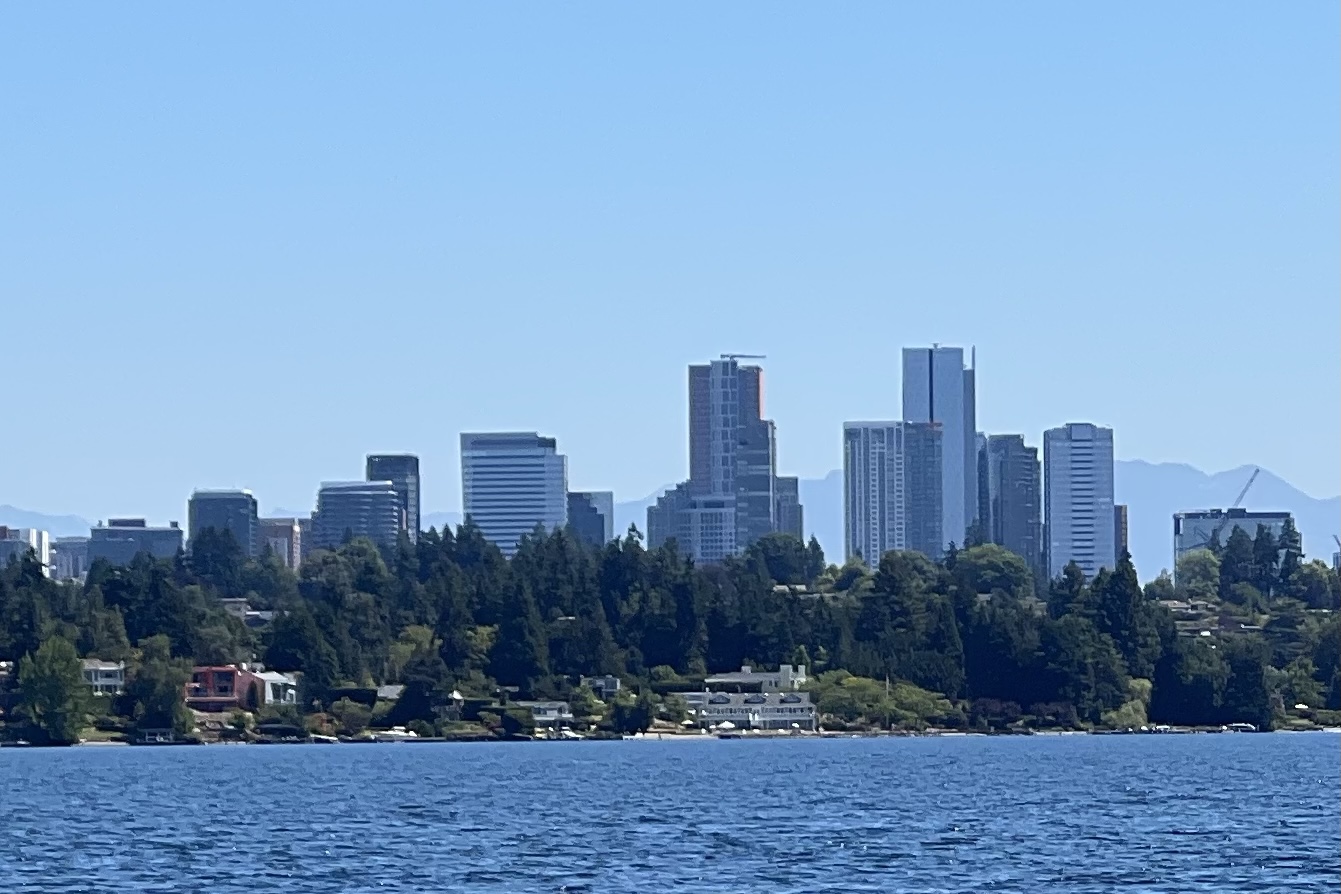
The Blue-Collar Foundation: Lake Washington Shipyard Era
Industrial Powerhouse (1870s-1960s)
The Lake Washington Shipyard in Kirkland’s Houghton neighborhood served as the region’s economic engine for nearly a century. From the 1870s through World War II, this facility built hundreds of vessels, including ferries, fishing boats, and during WWII, 29 warships for the U.S. Navy. At its peak during World War II, the shipyard employed over 8,000 workers—a massive workforce for a town that had only 2,000 residents before the war.historylink+3

The shipyard represented classic blue-collar industrial employment: skilled welders, machinists, painters, and scalers working in an assembly-line fashion to build standardized vessels. Workers lived in government-built housing projects like Steward Heights on 108th Avenue NE (now Northwest University campus) and commuted via Lake Washington ferries. This was a community built around physical production, with clear hierarchies based on technical skills and seniority.archiveswest.orbiscascade+2
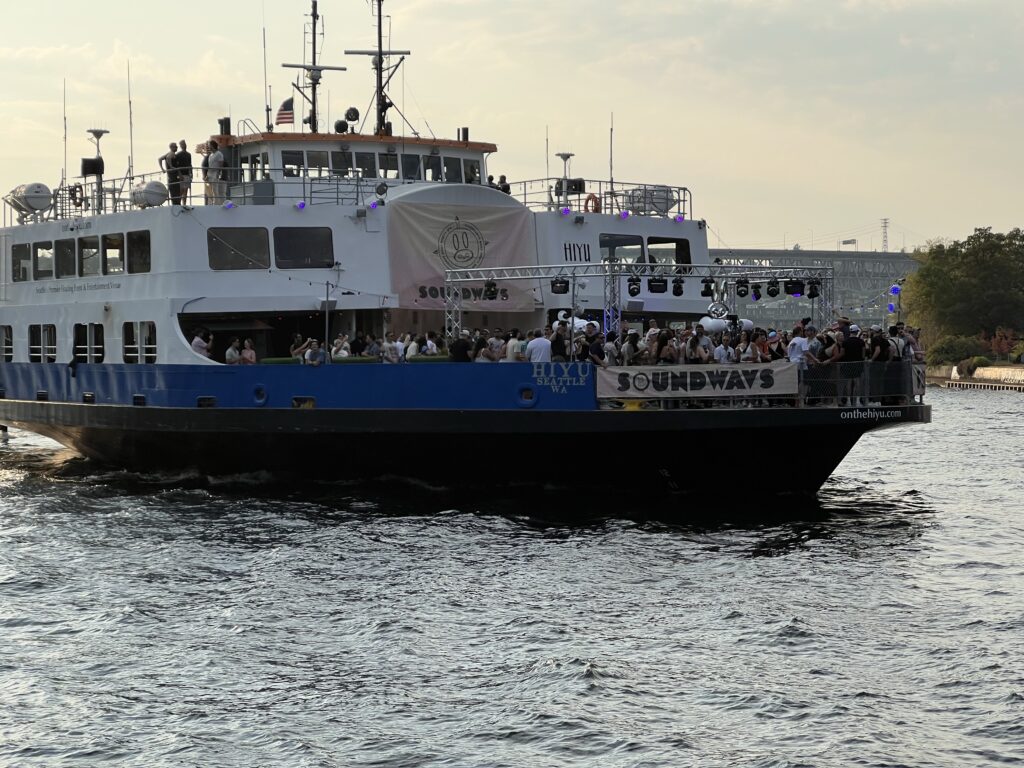
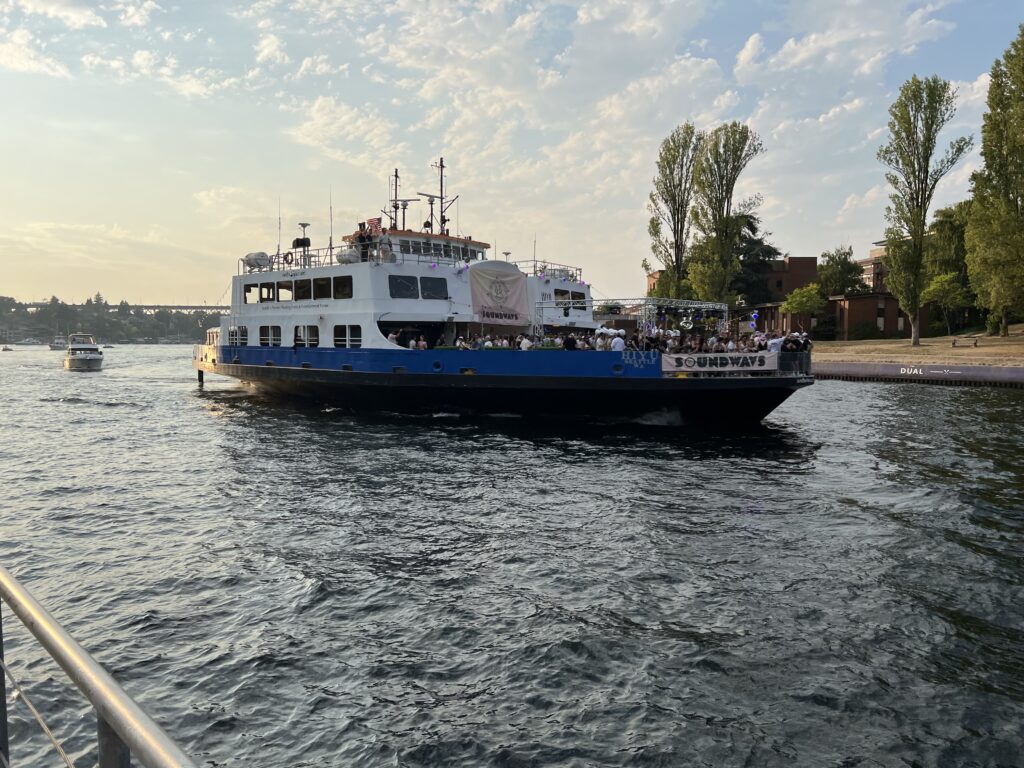
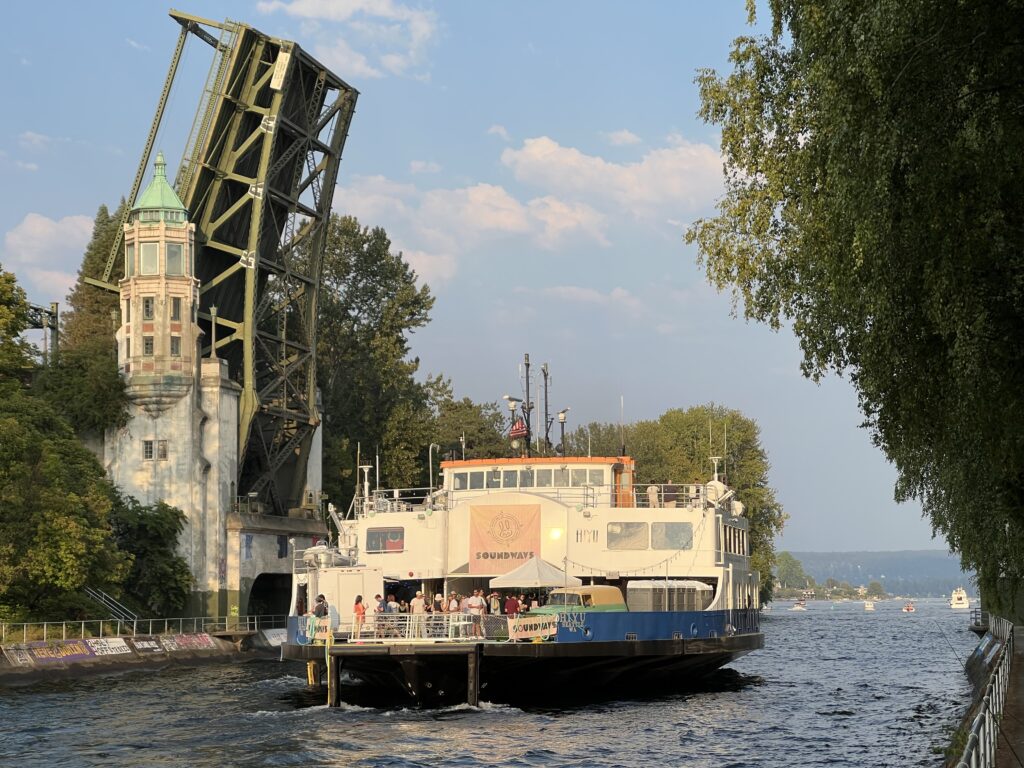
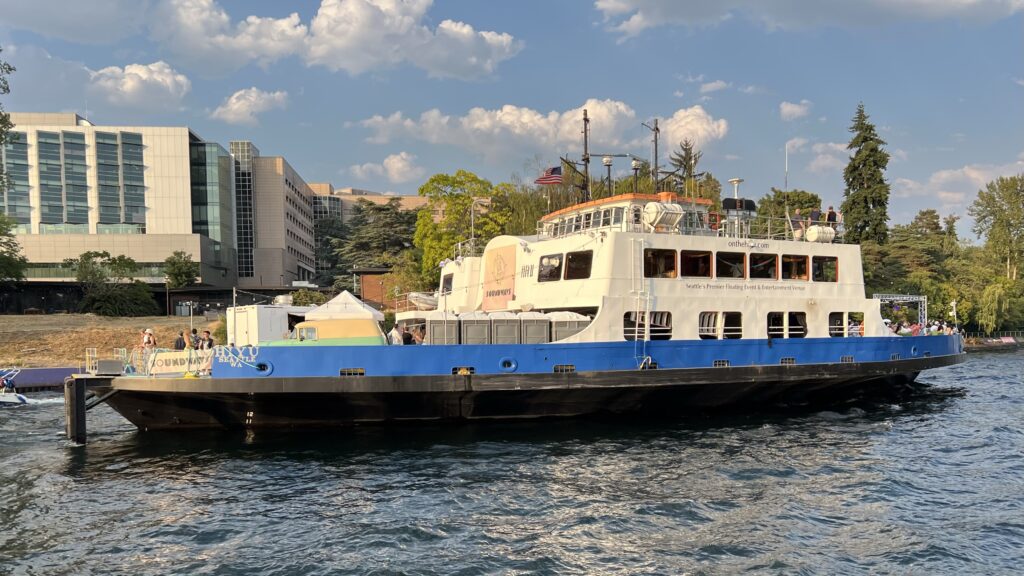
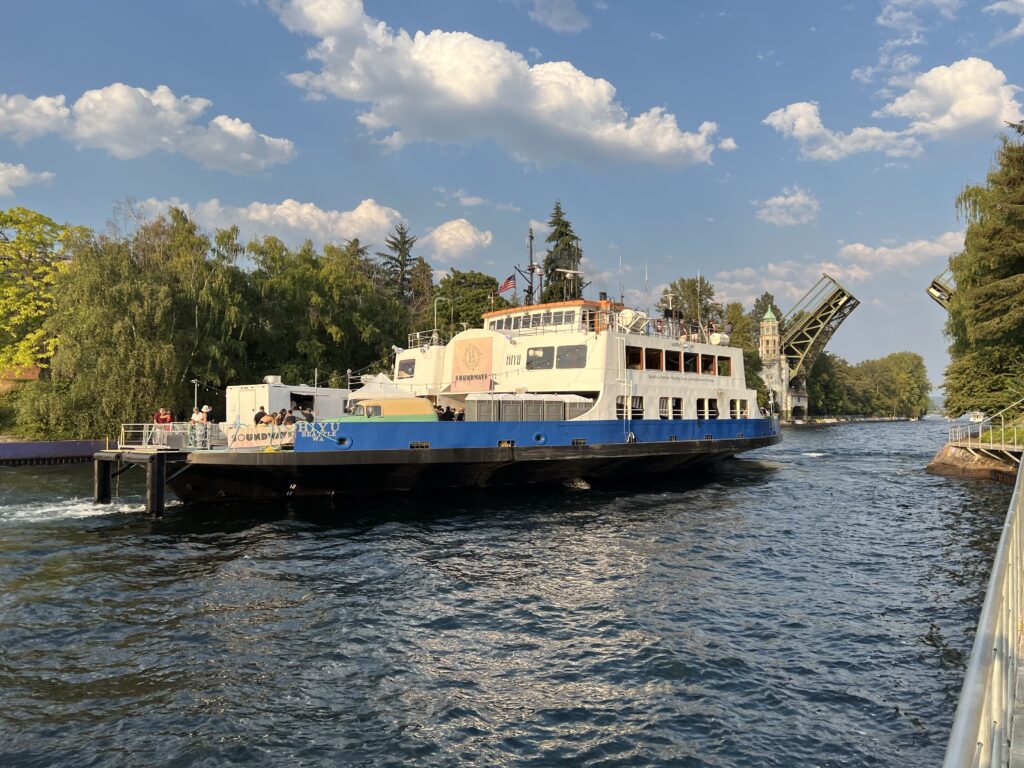
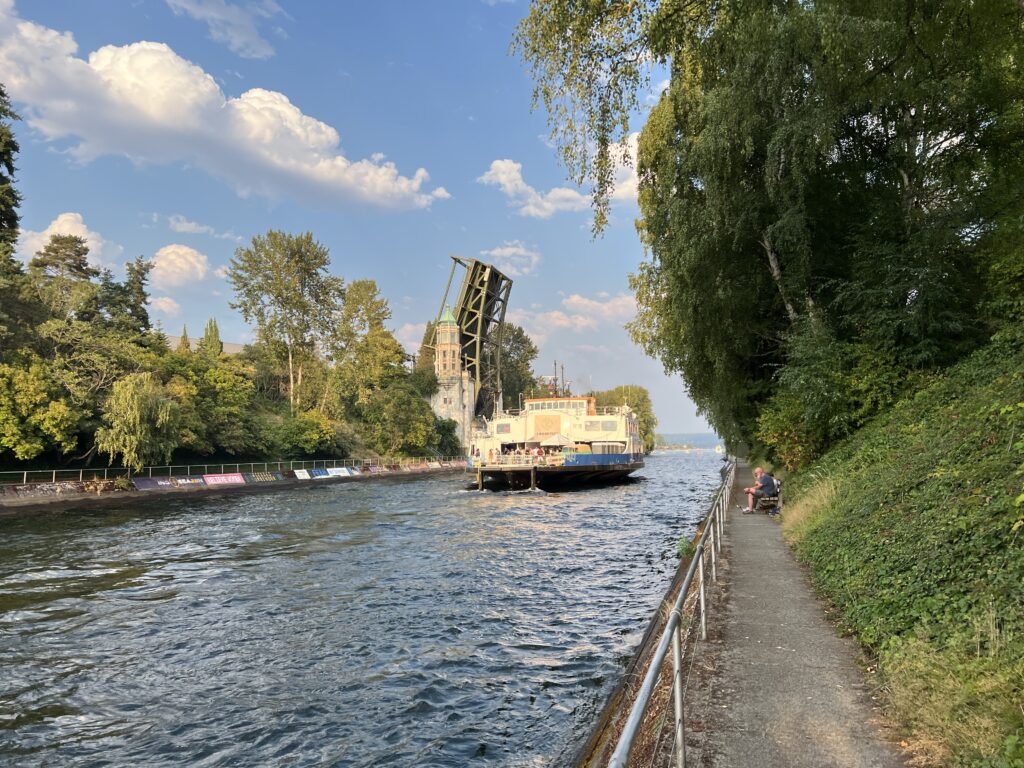
The Broader Industrial Context
The shipyard wasn’t isolated—it was part of a broader regional industrial economy. Boeing’s post-war expansion in the 1960s brought engineering talent to the area, with many practical-minded engineers settling in Bellevue because it geographically positioned them between Boeing’s Seattle, Renton, and Everett plants. This Boeing boom led to the Eastside’s first major population surge, with Bellevue growing by nearly 50,000 people (a 328% increase) during the 1960s.geekwire
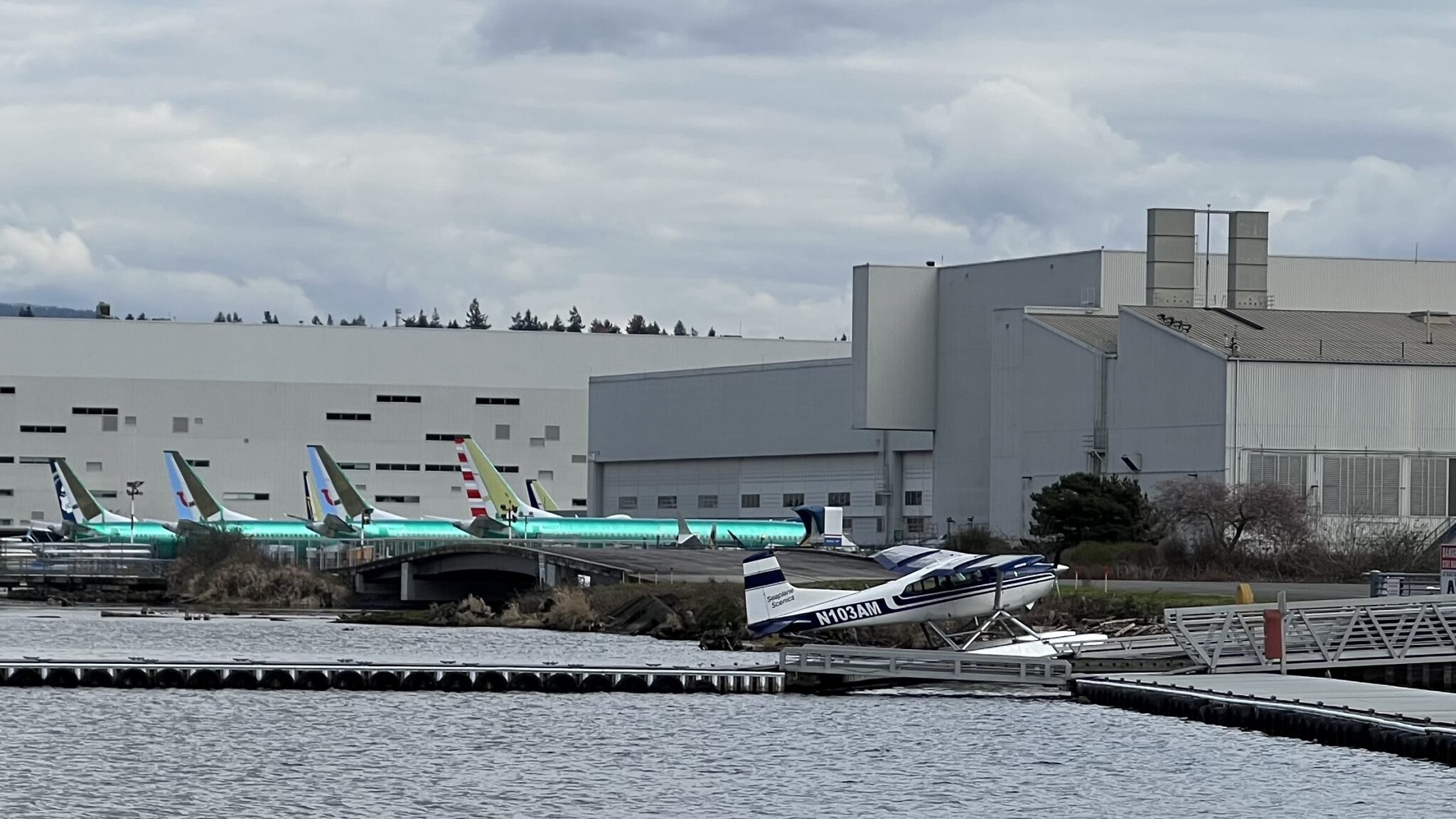
The Catalyst: Microsoft’s Arrival and Strategic Choices
The 1979 Turning Point
Microsoft’s move from Albuquerque to Bellevue in January 1979 marked the beginning of the Eastside’s transformation. Bill Gates and Paul Allen chose the region not randomly, but strategically—they could tap into University of Washington engineering talent while avoiding the intense competition for programmers that existed in Silicon Valley.

This decision to prioritize human capital access over proximity to other tech companies proved prescient.geekwire+3
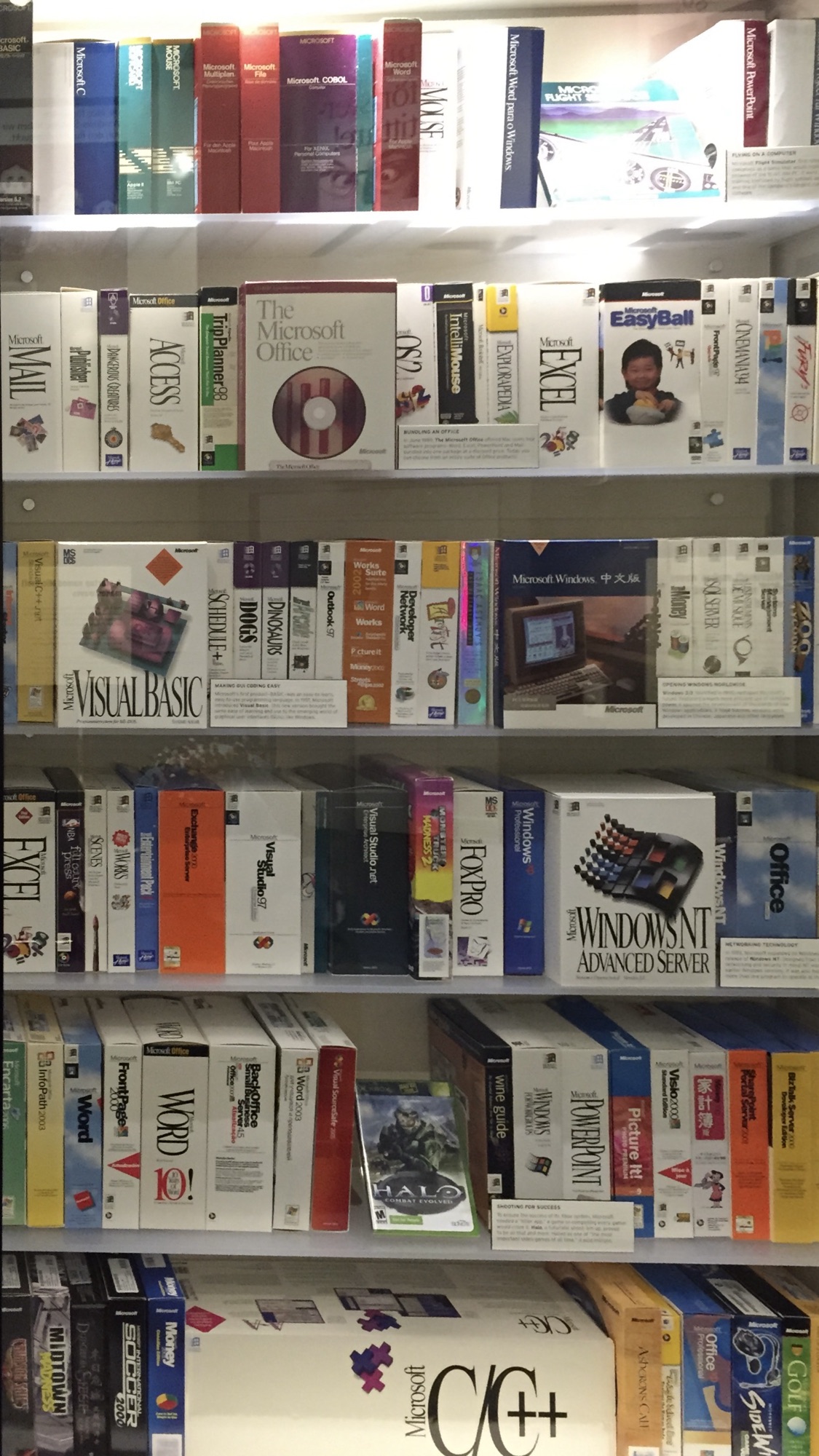
Early Growth and Campus Development
Microsoft’s early Bellevue years (1979-1986) coincided with the final decline of traditional manufacturing. The Lake Washington Shipyard closed in 1960, and by the time Microsoft relocated to Redmond in 1986, the industrial infrastructure was being replaced by office parks and residential developments. The contrast was stark: where once thousands of workers built physical vessels, now hundreds of software engineers created intangible code.easthub+1
The Network Effect
Microsoft’s success created what economists call agglomeration economies—the benefits companies receive from locating near similar businesses. By the 1990s, over 600 former Microsoft employees had started their own companies, creating 16,000 new jobs and establishing the region as a technology cluster. This represented a fundamental shift from an economy based on individual large employers (like the shipyard or Boeing) to an ecosystem of interconnected knowledge-based businesses.brookings
The Demographic and Economic Transformation
Income and Housing Changes
The transformation’s scale becomes clear through demographic data. In 1980, Bellevue had approximately 73,000 residents with a median income around $70,000. By 2000, the population had grown to 109,000 with median income rising to $88,000. By 2025, median household income in Bellevue reached $162,434—more than double the national average.axios+1
Housing prices reflect this transformation even more dramatically. Today’s median home price in Bellevue ranges from $1.45 million to $1.7 million. This represents not just inflation, but a fundamental change in who can afford to live in the area. Where shipyard workers once owned modest homes near their workplace, today’s residents are predominantly high-income professionals in technology, finance, and other knowledge-based industries.sammamishmortgage+2
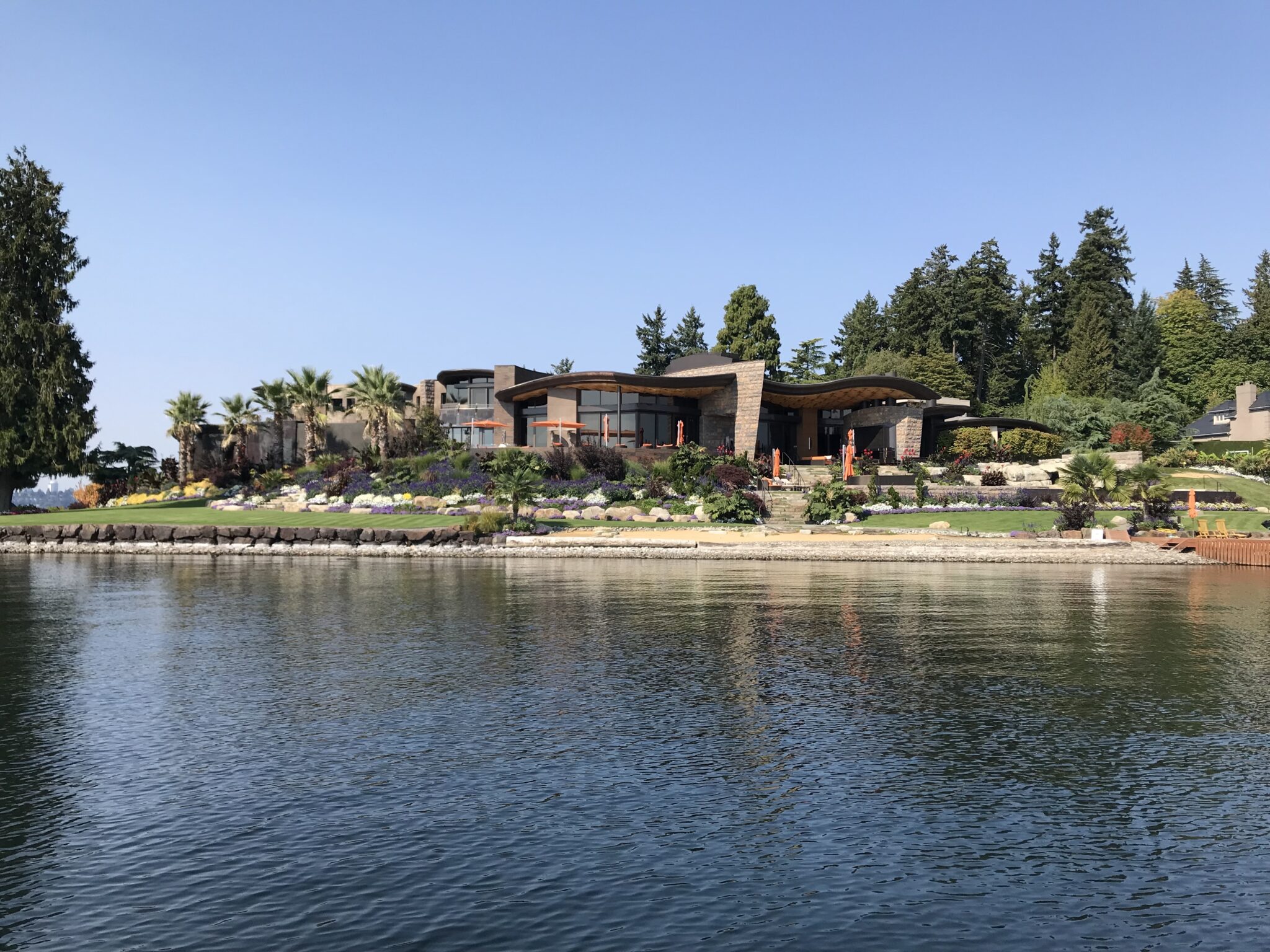
Educational Investment as Strategy
City leaders made deliberate choices that accelerated the white-collar transformation. When Boeing engineers arrived in the 1960s, and again when Microsoft families settled in the 1980s, Bellevue invested heavily in creating “the best school system in the Northwest”. The Bellevue School District now ranks No. 2 among Washington state districts, creating a virtuous cycle that attracts more high-income families and reinforces the area’s white-collar character.geekwire
The Contemporary White-Collar Landscape
Demographic Profile
Today’s Eastside represents one of America’s most concentrated white-collar regions. Bellevue is now a majority-minority community with 60% of residents identifying as people of color and 42% being foreign-born—reflecting the global nature of the technology workforce.

In Redmond, 43% of residents are foreign-born. However, this diversity exists within a narrow economic band: virtually all residents work in high-skill, high-income occupations.axios
Employment Concentration
Census data reveals the extent of the transformation. In some Redmond census tracts near Microsoft, 49% of employed residents work in computer and mathematical occupations. Five census tracts in the Overlake neighborhood and Bellevue’s downtown have more than 40% of employed residents in tech occupations. This concentration of knowledge workers in specific neighborhoods would have been unimaginable during the shipyard era, when employment was more economically diverse.seattletimes
The Real Estate Premium
The Eastside’s transformation into a white-collar enclave has created some of the nation’s most expensive suburban real estate. Beyond the headline median prices, the transformation shows in more subtle ways: even luxury rental properties command premium rates, with Bellevue office rents now exceeding $64 per square foot compared to Seattle’s $51. The expectation is that residents can afford these costs because they work in high-paying knowledge economy jobs.bellevuechamber
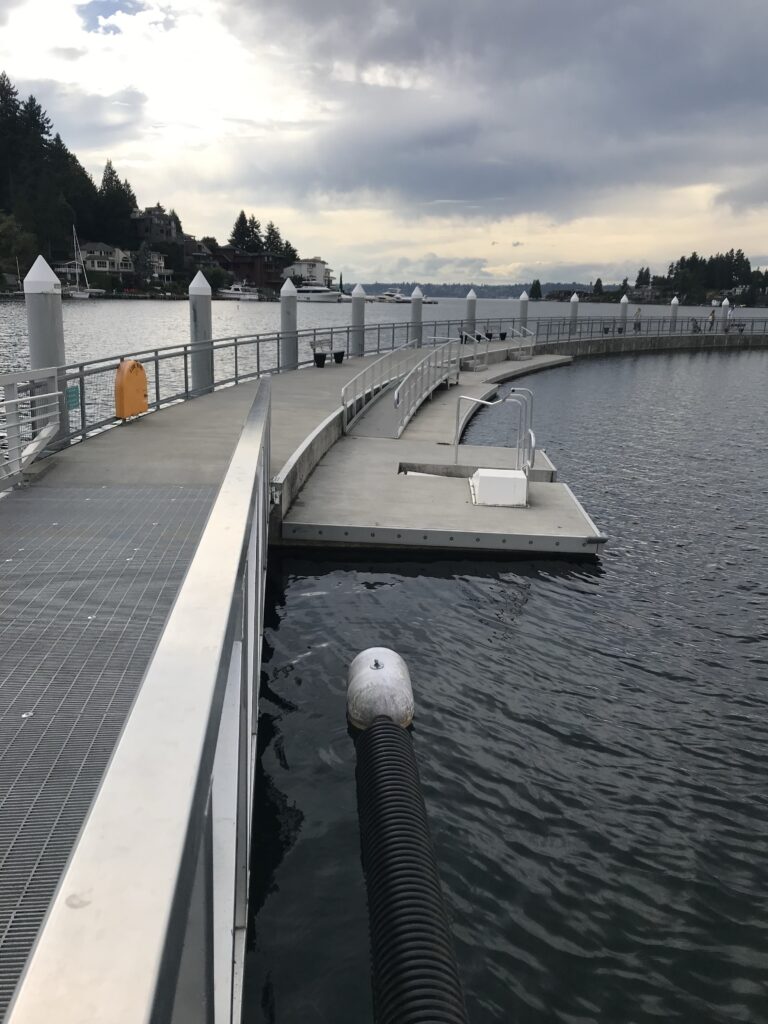
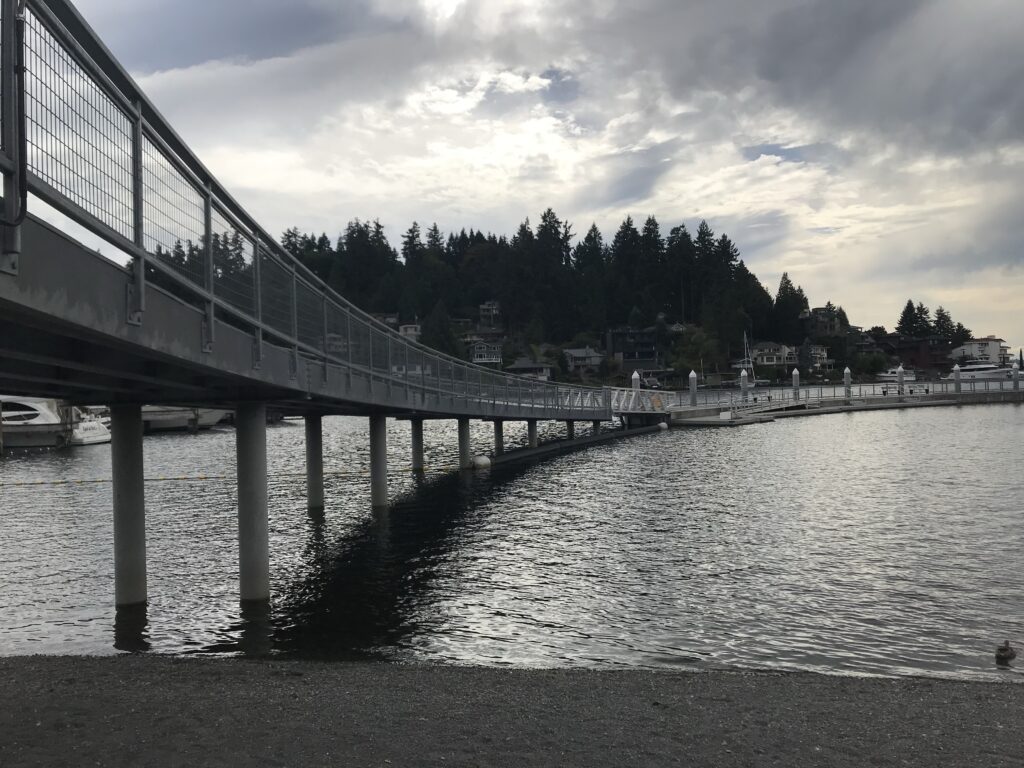
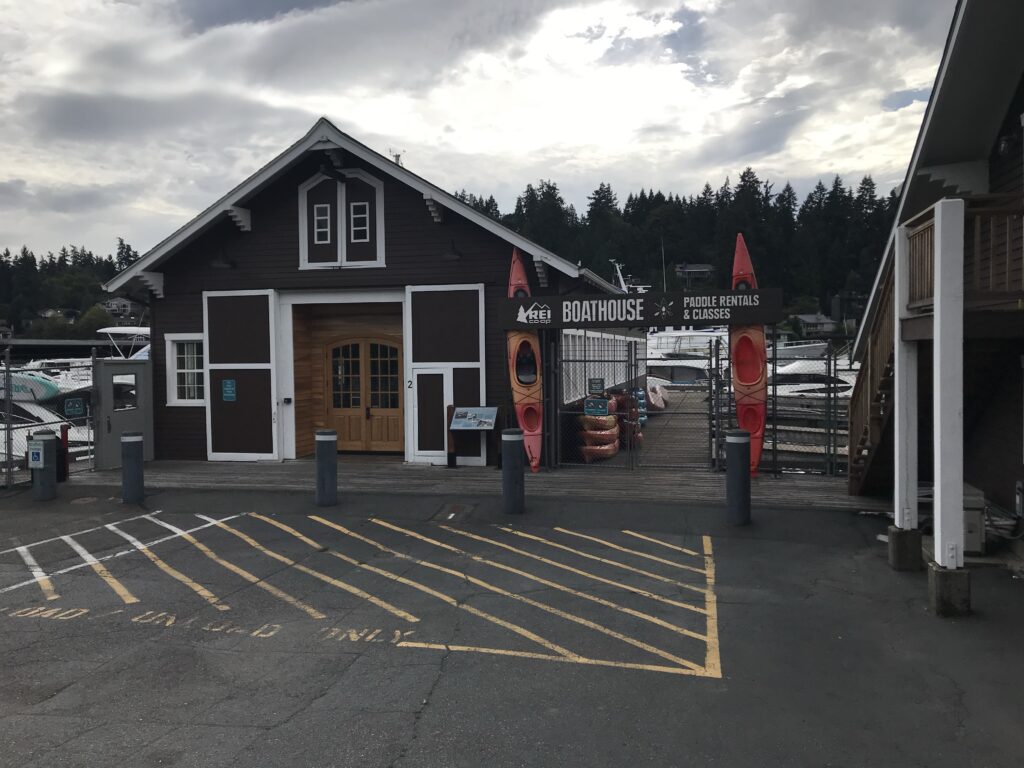
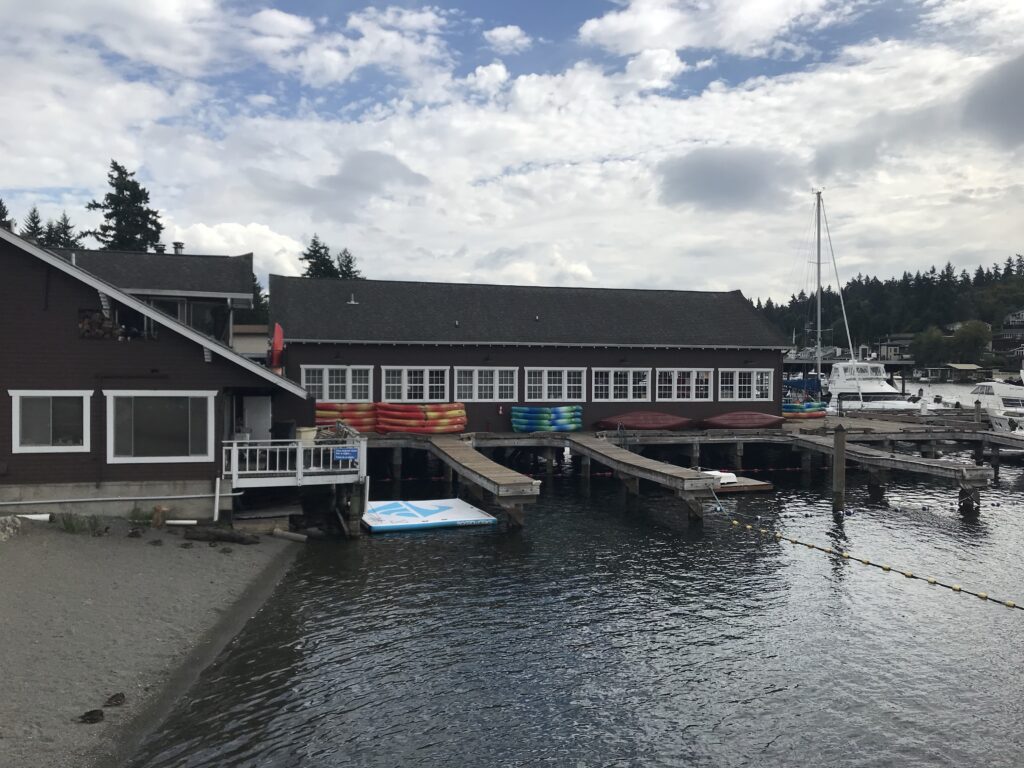
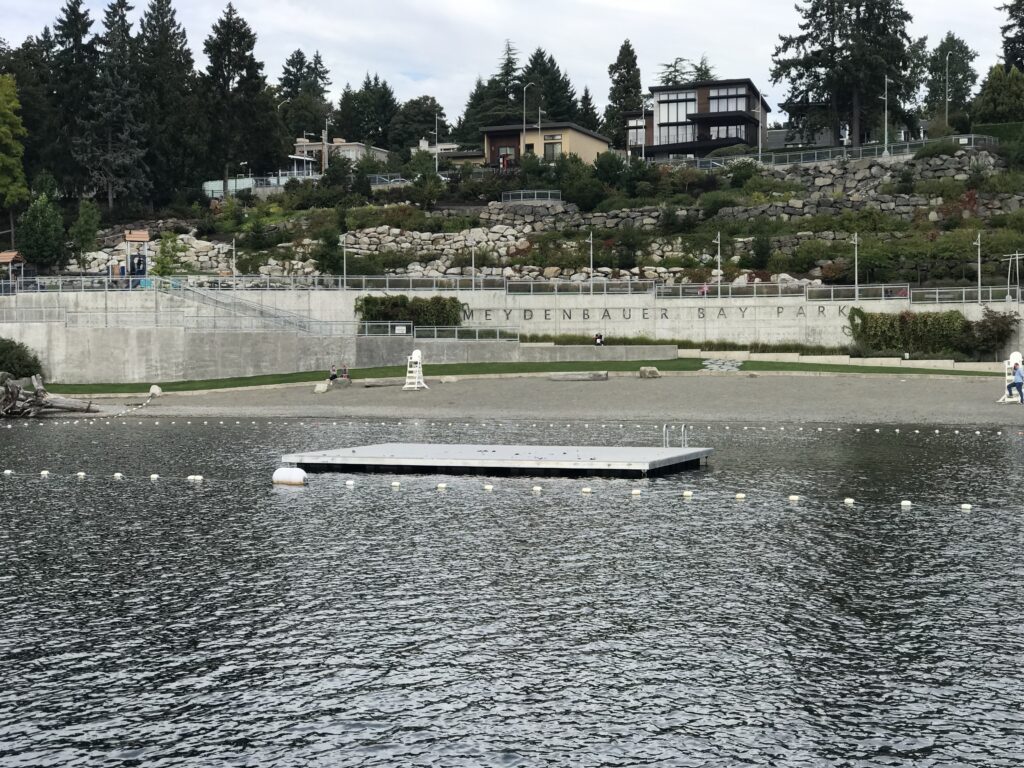
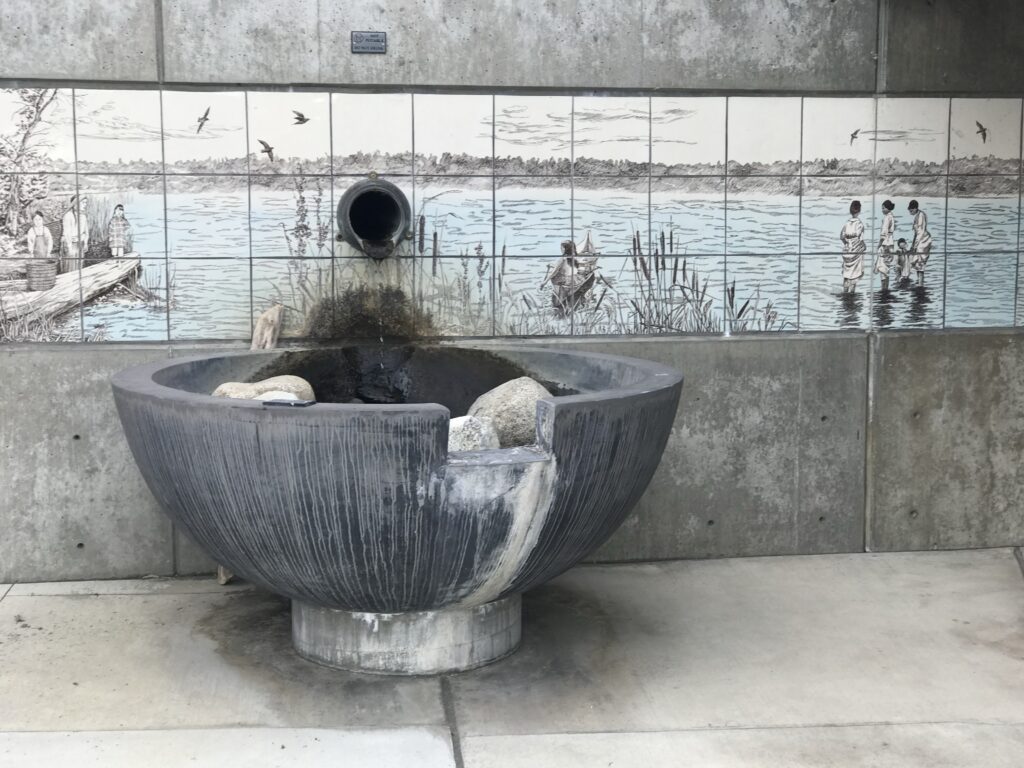
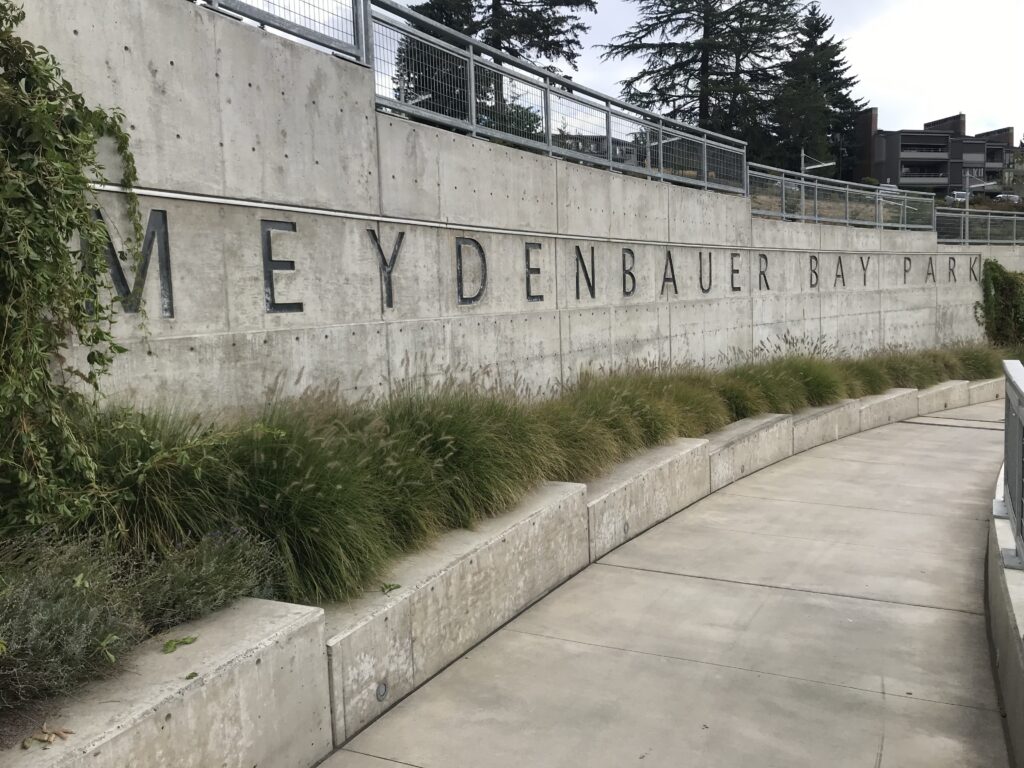
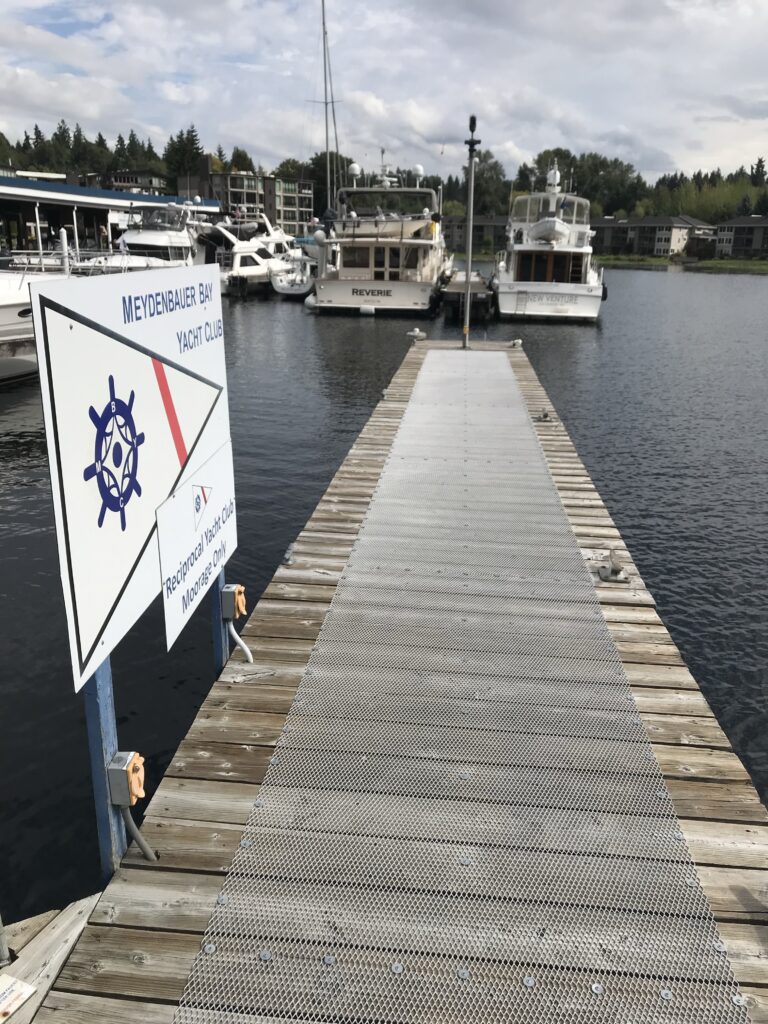
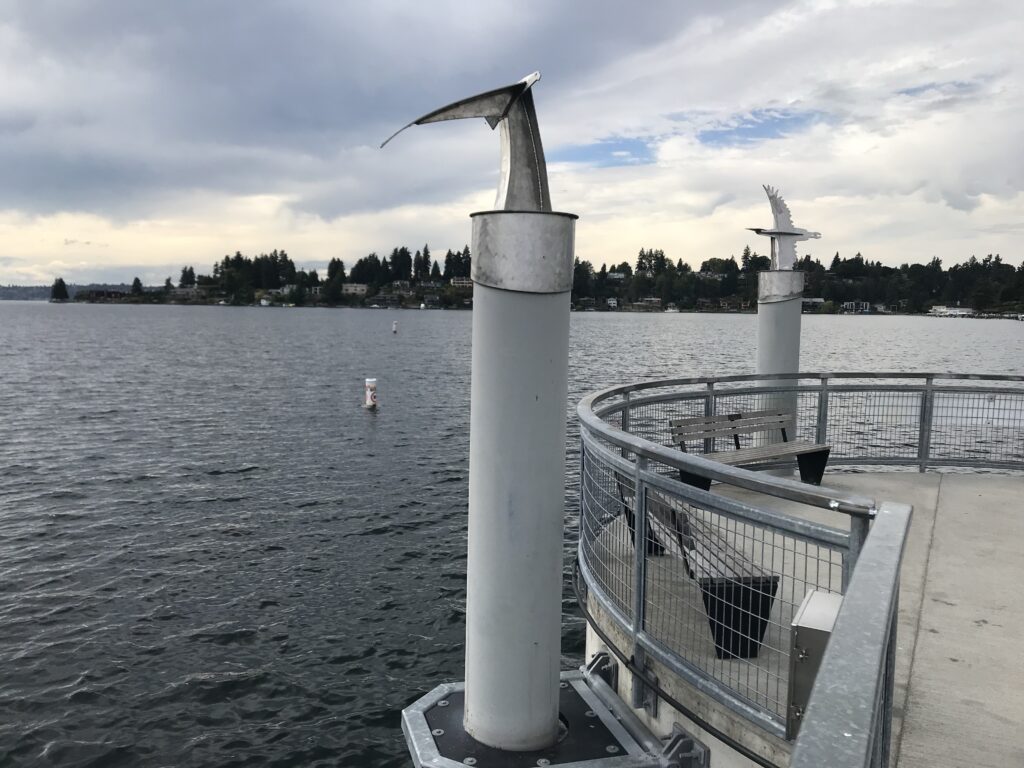
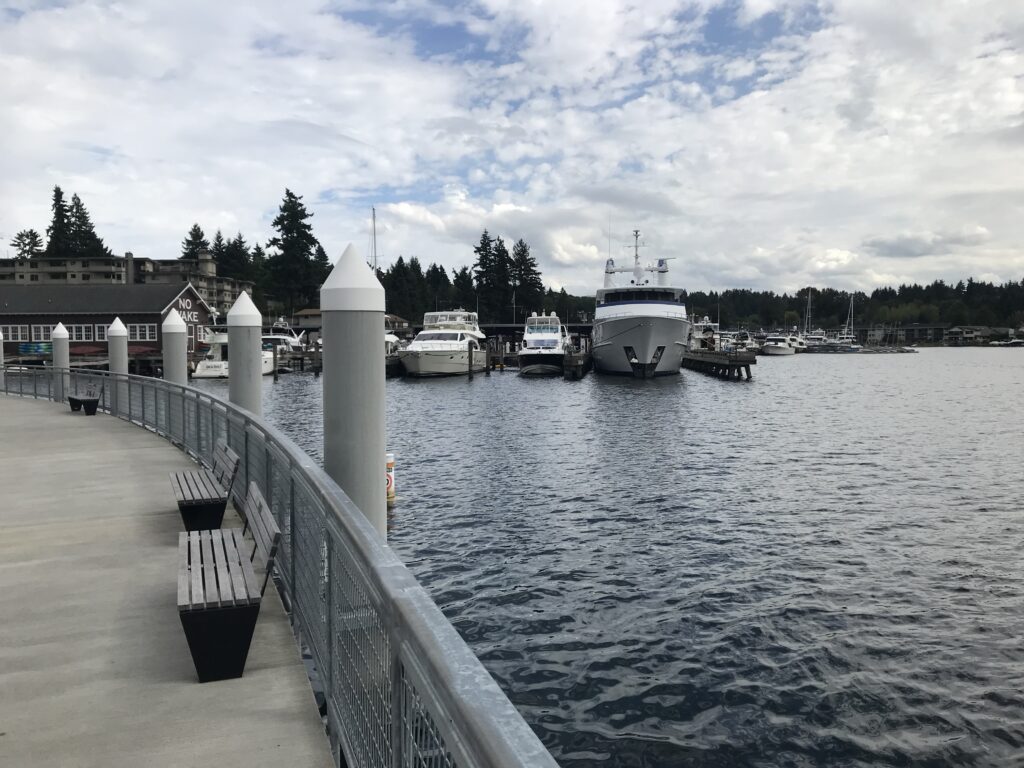
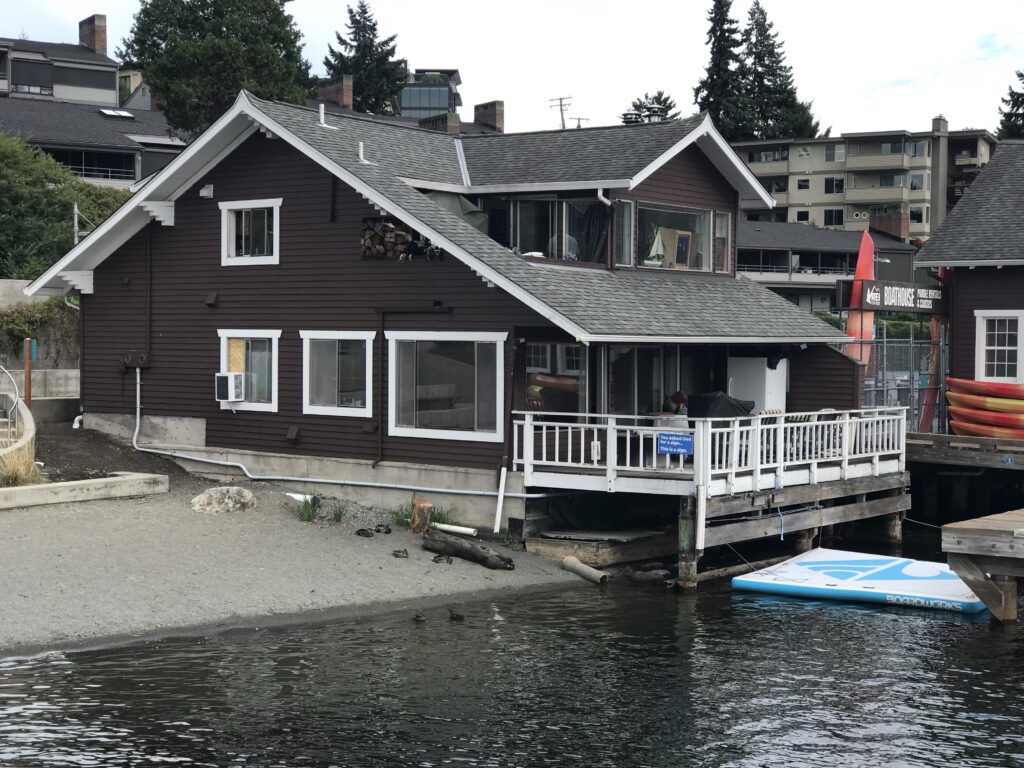
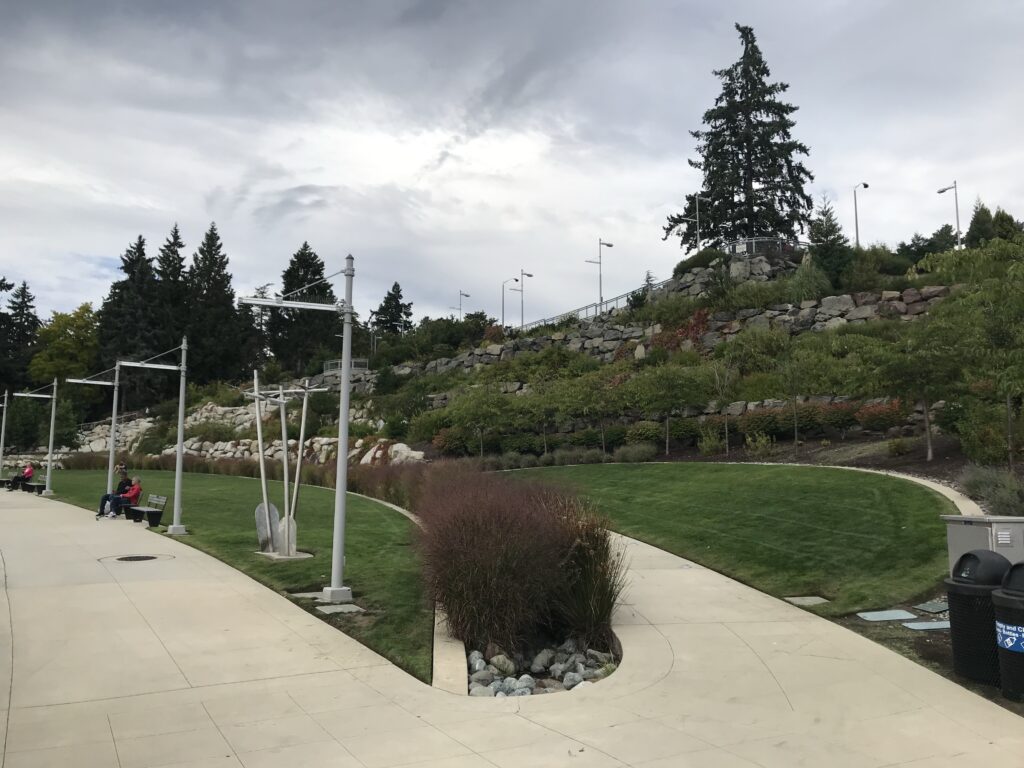
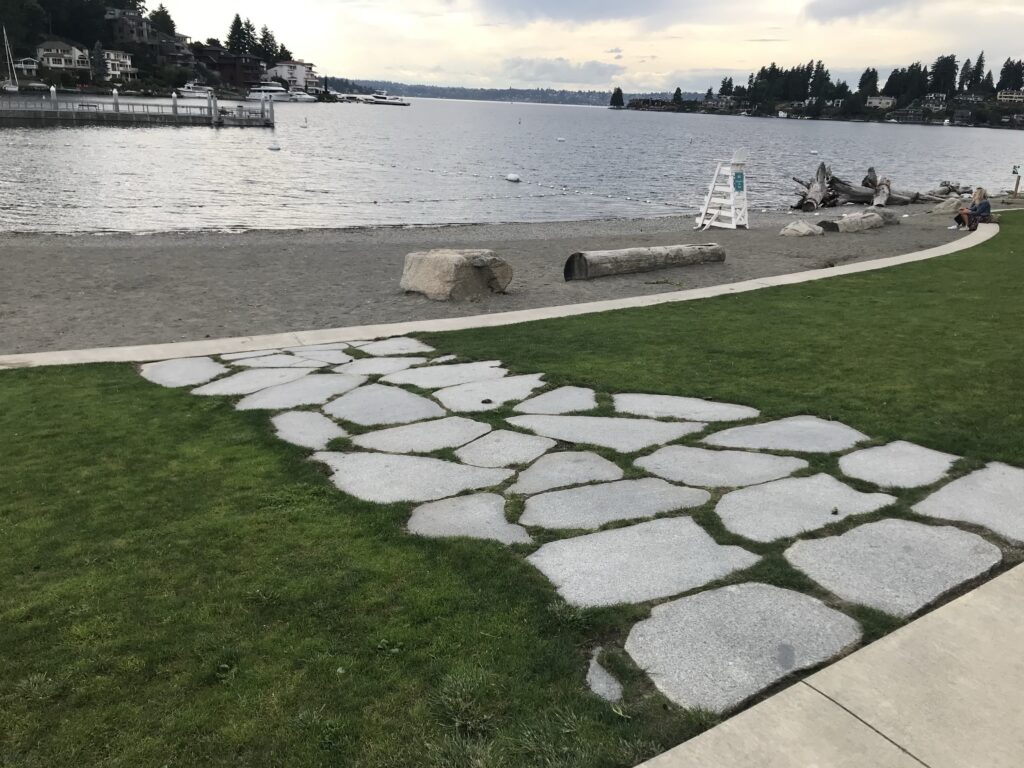
Factors Behind the Transformation
Strategic Geographic Positioning
The Eastside’s transformation succeeded because of deliberate geographic advantages. Lake Washington provided a natural boundary that created distinct communities while remaining accessible to Seattle. The 1916 opening of the Lake Washington Ship Canal, which initially helped the shipyard build larger vessels, later facilitated commuting patterns that made suburban tech campuses viable.codepublishing+1
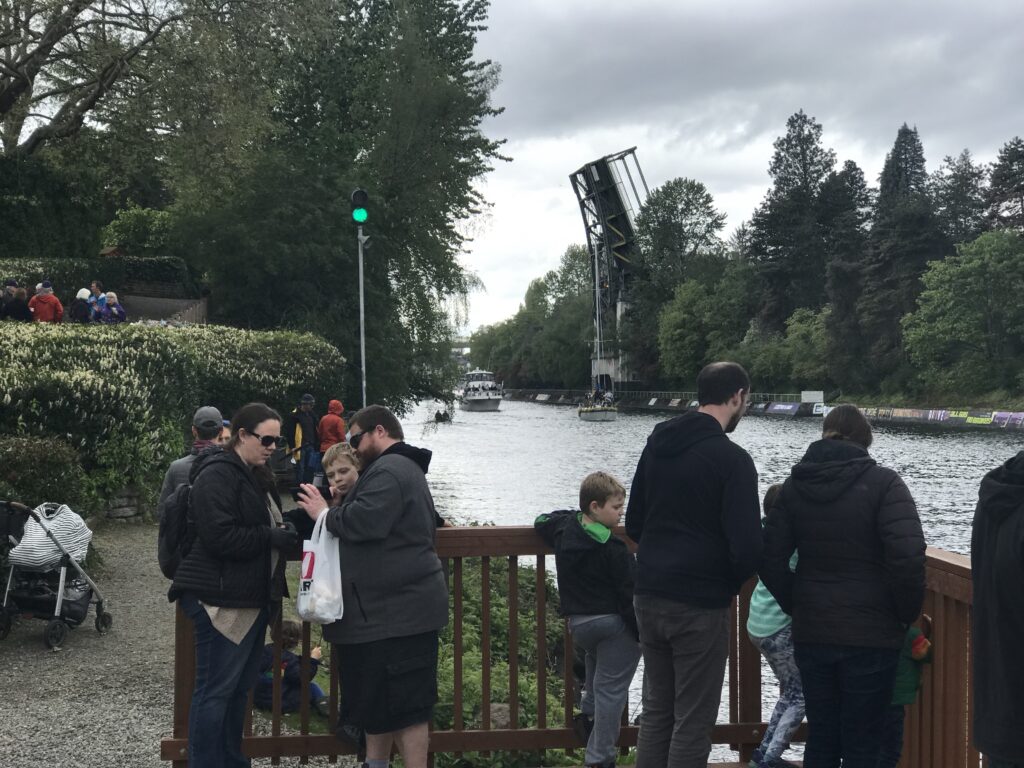
Infrastructure Investment
Public infrastructure investments supported the transformation at crucial moments. The completion of Interstate 405 in the 1960s, followed by the floating bridges across Lake Washington, made the Eastside accessible to a regional workforce while maintaining its suburban character. More recently, the 2023 opening of East Link light rail has further enhanced connectivity, supporting continued tech industry growth.wikipedia+1
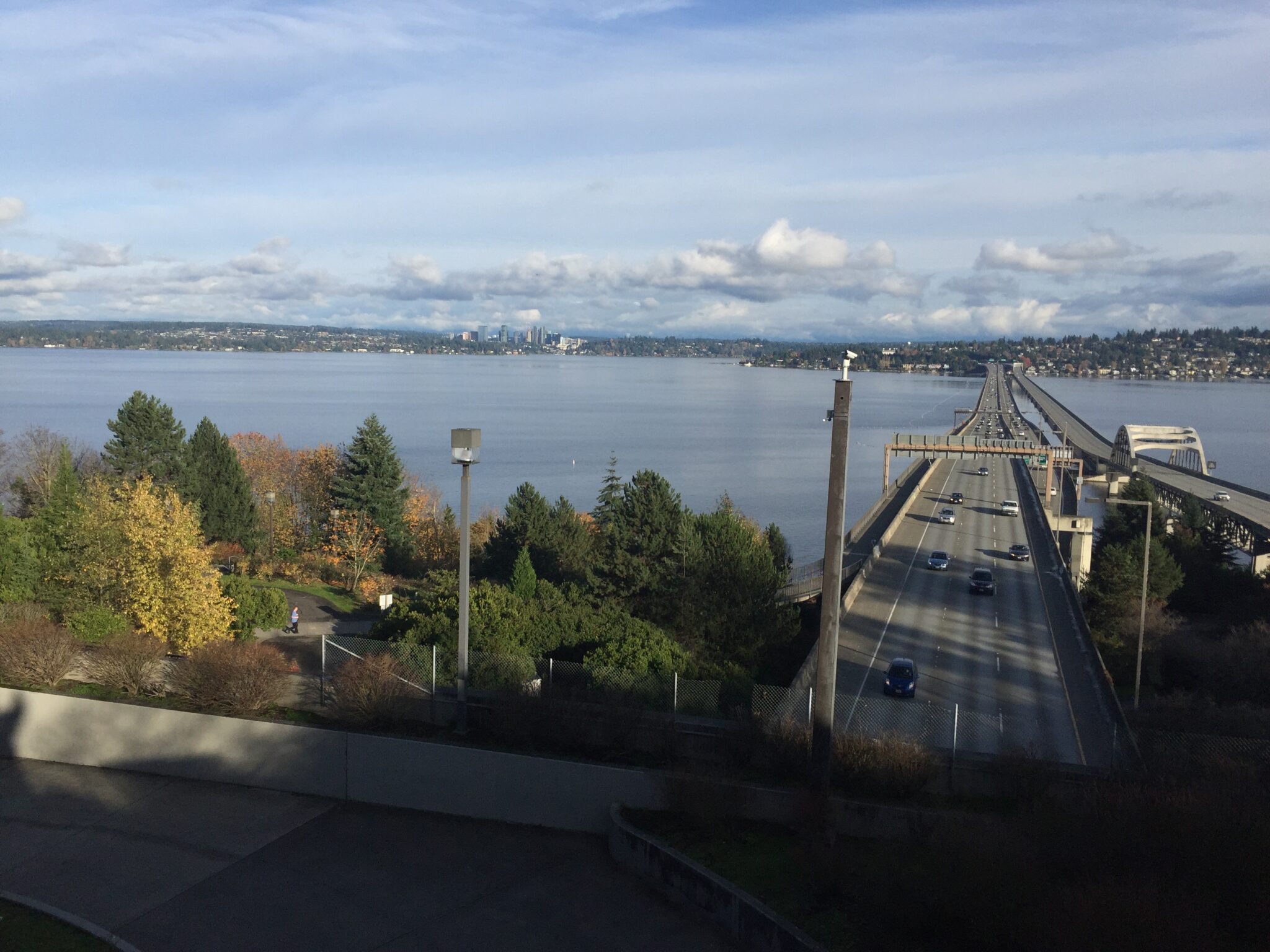
Cultural and Political Factors
The Eastside’s transformation was also facilitated by its political culture. Unlike Seattle, which has often had tensions with large employers (exemplified by the 2018 head tax controversy with Amazon), Eastside cities embraced business-friendly policies. This created an environment where companies could grow without significant political friction, contributing to the region’s appeal to knowledge-based industries.bellevuechamber

Education and Human Capital
The University of Washington’s proximity provided a steady pipeline of engineering talent, while the region’s investment in K-12 education created an attractive environment for professionals with families. This human capital focus distinguished the Eastside from other suburban areas that might have had similar geographic advantages but lacked the educational infrastructure to support knowledge-intensive industries.geekwire+1
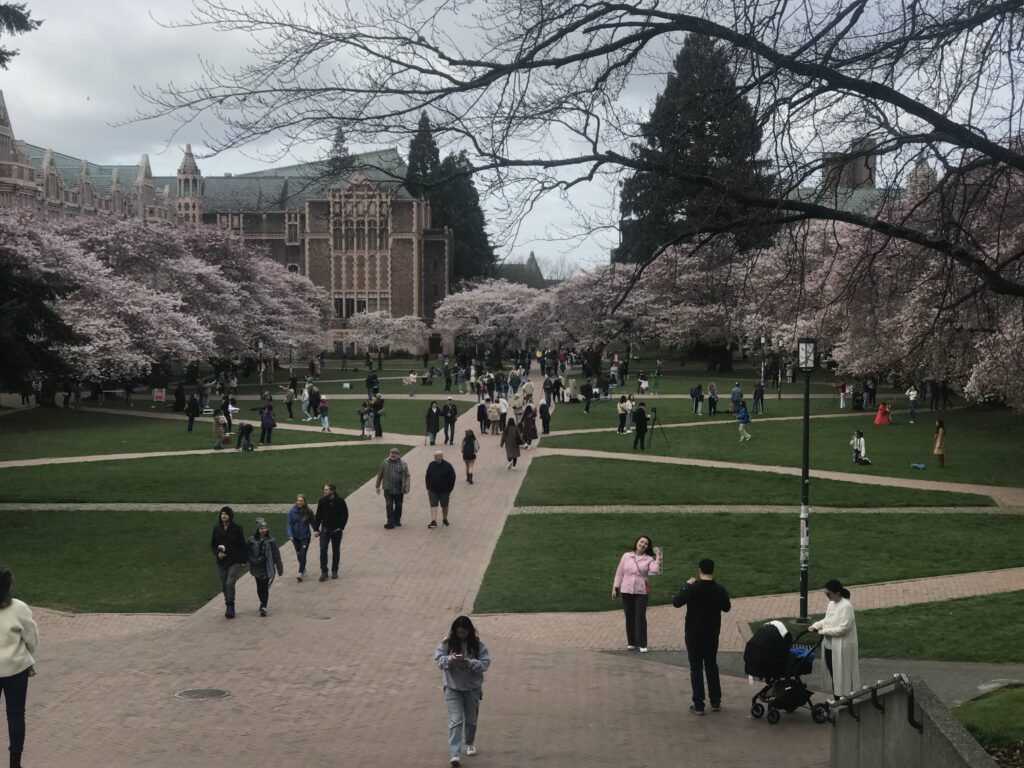
The Housing Cost Consequence
The Affordability Crisis
The Eastside’s success in attracting white-collar industries has created an affordability crisis that effectively excludes working-class residents. A Seattle-area household now needs approximately $232,000 in annual income to afford the median $755,000 home, assuming a 6.75% mortgage rate. In Bellevue, with median prices exceeding $1.5 million, the income requirements are even higher.seattletimes
Economic Segregation
This pricing dynamic has created what amounts to economic segregation. The same communities that once housed shipyard workers, Boeing engineers, and early Microsoft employees at various income levels now cater almost exclusively to high-income professionals. The transformation represents not just industrial change, but a fundamental shift in who can afford to live in these communities.
Regional Implications
The Eastside’s transformation has had broader regional effects. As wealthy professionals concentrate in Bellevue, Kirkland, and Redmond, working-class residents have been pushed to more distant suburbs or different metropolitan areas entirely. This has created longer commutes for service workers and contributed to regional inequality.seattleglobalist+1
Historical Significance and Broader Lessons
A Unique American Transformation
The Eastside’s evolution from blue-collar shipbuilding to white-collar technology represents one of the most complete economic transformations in American urban history. Unlike regions that maintained mixed economies or experienced decline, the Eastside successfully transitioned from one economic base to an entirely different one while maintaining population growth and prosperity.
The Role of Timing and Strategic Choices
The transformation succeeded because of favorable timing and strategic choices. Microsoft arrived just as traditional manufacturing was declining but before land costs became prohibitive. Local leaders made deliberate investments in education and infrastructure that supported knowledge-based industries. The result was a reinforcing cycle of growth that attracted more high-skill businesses and residents.
Implications for Other Regions
The Eastside’s experience offers both inspiration and caution for other regions seeking economic transformation. It demonstrates that communities can successfully transition from industrial to knowledge-based economies through strategic investments and supportive policies. However, it also shows how such transformations can create affordability challenges that exclude the very working-class communities that formed the region’s foundation.
The Lake Washington Eastside’s journey from shipyard to Silicon Valley represents more than just economic change—it illustrates how technological innovation, educational investment, and strategic planning can completely reshape a region’s character within a generation. Today’s software engineers working in Bellevue high-rises occupy the same geographic space where welders once built warships, but they inhabit an entirely different economic and social world. This transformation created tremendous prosperity, but it also represents the loss of the mixed-income communities that once made the region accessible to residents across the economic spectrum.
- https://www.historylink.org/File/20514
- https://kirklandheritage.org/lakewashingtonshipyards/
- https://www.eskimo.com/~mighetto/murrelet/Wordpress/ex-ex-2014/vessels-built-in-kirklands-lake-washington-shipyard
- https://www.explorekirkland.com/plan-your-trip/about-kirkland/history-and-heritage/
- https://archiveswest.orbiscascade.org/ark:80444/xv46029
- https://www.codepublishing.com/WA/Kirkland/html/KirklandCP15B/KirklandCP15B03.html
- https://eastsideheritagecenter.org/blog/2019/2/12/eastside-stories-the-ferries-of-lake-washington
- https://www.geekwire.com/2021/bellevues-boom-citys-tech-industry-poised-eat-seattles-lunch/
- https://www.geekwire.com/2024/a-new-look-at-microsofts-startup-story-with-insights-for-today-microsoft-50-chapter-2/
- https://en.wikipedia.org/wiki/History_of_Microsoft
- https://easthub.org/microsofts-pioneering-vision-for-the-eastside/
- https://paulallen.com/Futurist/Microsoft.aspx
- https://salishseathenandnow.substack.com/p/the-lake-washington-shipyard-now
- https://www.brookings.edu/articles/managing-high-tech-growth-in-king-county/
- https://www.axios.com/local/seattle/2024/11/21/eastside-housing-transit-expansion-diversity-2024
- https://www.sammamishmortgage.com/buying-a-home-in-bellevue-wa/
- https://www.noradarealestate.com/blog/bellevue-real-estate-market/
- https://www.zillow.com/home-values/251315/bellevue-wa/
- https://www.seattletimes.com/seattle-news/data/which-king-county-neighborhoods-have-the-most-tech-workers/
- https://www.bellevuechamber.org/news/tech-companies-cant-get-enough-of-this-picturesque-seattle-suburb
- https://www.historylink.org/file/3178
- https://en.wikipedia.org/wiki/History_of_Seattle_(1940%E2%80%93present)
- https://www.seattletimes.com/business/real-estate/as-wa-housing-costs-climb-incomes-arent-keeping-up/
- https://seattleglobalist.com/2016/02/09/an-open-letter-to-white-collar-seattle-transplants/47344
- https://www.heraldnet.com/northwest/decade-in-demographics-top-5-changes-in-the-seattle-area/
- https://www.bizjournals.com/seattle/news/2024/05/15/blue-and-white-collar-industries-in-seattle.html
- https://www.sheervelocity.com/blog/blue-collar-workers-shifting-to-white-collar-jobs/
- https://www.nytimes.com/2021/07/05/opinion/bezos-amazon-bessmer-labor.html
- https://en.wikipedia.org/wiki/Lake_Washington_Shipyard
- http://shipbuildinghistory.com/shipyards/small/lakewashington.htm
- https://www.reddit.com/r/jobs/comments/1mpyosf/i_made_the_jump_from_blue_collar_to_white_collar/
- https://kirklandheritage.org/ferries/
- https://www.youtube.com/watch?v=XdJQyZrcVyI
- https://www.kirklandwa.gov/files/sharedassets/public/v/1/planning-amp-building/kirkland-2044-comp-plan/k2044-basics/pdfs/k2044_historyappendix.pdf
- https://news.ycombinator.com/item?id=19946759
- https://trdsf.com/blogs/news/the-great-career-swap
- https://www.bizjournals.com/seattle/news/2025/01/23/boeing-industrial-space.html
- https://urban.uw.edu/news/how-bellevues-tech-hub-is-similar-to-silicon-valley-and-what-they-can-learn-from-each-other/
- https://www.youtube.com/watch?v=0qj3S6ucyhc
- https://www.linkedin.com/pulse/blue-collar-new-white-ujwal-sutaria-dwcyc
- https://www.geekwire.com/2022/how-bellevues-tech-hub-is-similar-to-silicon-valley-and-what-they-can-learn-from-each-other/
- https://www.wsj.com/tech/seattle-tech-amazon-microsoft-jobs-95f2db27
- https://www.acquired.fm/episodes/microsoft
- https://www.seattle.gov/documents/departments/economicdevelopment/keyindustries/tenstepstoahightechfuture.pdf
- https://www.reddit.com/r/redmond/comments/1c2r12h/i_hate_redmond_a_rant_vent_for_yourself_or/
- https://en.wikipedia.org/wiki/Microsoft
- https://news.microsoft.com/facts-about-microsoft/
- https://www.bizjournals.com/seattle/news/2022/07/30/tech-bellevue-eastside-redmond-amazon-microsoft.html
- https://www.axios.com/local/seattle/2025/05/28/seattle-wealthy-renters-homebuying-trend
- http://www.encyclopedia.chicagohistory.org/pages/821.html
- https://www.youtube.com/watch?v=9LnElgU10SY
- https://www.themadronagroup.com/why-real-estate-prices-are-so-high-seattle/
- https://www.geekwire.com/2025/is-seattles-tech-boom-in-trouble-wall-street-journal-report-highlights-concerning-trends-and-potential-opening-for-startups/
- https://www.reddit.com/r/careerguidance/comments/11sghzu/how_to_go_from_blue_collar_to_white_collar/
- https://www.reddit.com/r/REBubble/comments/1m98iav/seattles_housing_market_is_finally_looking_like/
- https://www.reddit.com/r/SeattleWA/comments/1o067be/wsj_tech_companies_cant_get_enough_of_this/
- https://www.linkedin.com/pulse/blue-collar-white-collar-how-rewrite-your-resume-career-7wc1c
- https://www.sofi.com/seattle-housing-market/
- https://www.geekwire.com/2025/they-dont-have-an-ai-house-in-bellevue-seattle-mayor-takes-a-friendly-jab-at-cross-town-rival/


